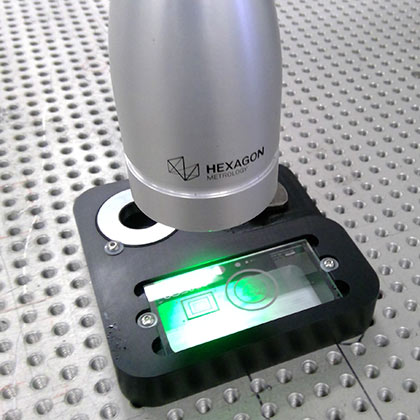U.S. Companies are Bringing Manufacturing Home at a Historic Pace
American companies are on pace to reshore, or return to the U.S., nearly 350,000 jobs this year, according to a report published by the Reshoring Initiative. That would be the highest number on record since the group began tracking the data in 2010. The Reshoring Initiative lobbies for bringing manufacturing jobs back to the U.S.
American manufacturers are increasingly bringing production back to the US to reduce their reliance on global supply chains that proved vulnerable to disruption such as the pandemic. Since the pandemic began, efforts to relocate manufacturing have accelerated. Decades of dependence on Asian factories, especially in China, has been upended by delays and surging freight rates — when shipping capacity can be found at all.
Backups at overwhelmed ports and the challenges of obtaining components as well as finished products in a timely way have persuaded companies to think about locating production capacity closer to buyers. Some corporate giants are keen on testing that premise, if not for finished goods then certainly for essential parts.
General Motors disclosed in December that it was considering spending upward of $4 billion to expand electric vehicle and battery production in Michigan. Just days later, Toyota announced plans for a $1.3 billion battery plant in North Carolina that will employ 1,750 people. An overwhelming majority of American companies with production operations in China have already moved some back to the US or plan to do so in the next three years, according to Kearney’s 2021 Reshoring Index.
The construction of new manufacturing facilities in the US has soared 116% over the past year, dwarfing the 10% gain on all building projects combined, according to Dodge Construction Network. There are massive chip factories going up in Phoenix: Intel is building two just outside the city; Taiwan Semiconductor Manufacturing is constructing one in it. And aluminum and steel plants that are being erected all across the south: in Bay Minette, Alabama (Novelis); in Osceola, Arkansas (US Steel); and in Brandenburg, Kentucky (Nucor). Up near Buffalo, all this new semiconductor and steel output is fueling orders for air compressors that will be cranked out at an Ingersoll Rand plant that had been shuttered for years.
This comeback is long overdue. Sixty years ago, federal investments in basic research and deployment enabled new semiconductor technology to reach commercial viability. After this public-private effort invented the technology, the US private sector led in manufacturing, producing nearly 40% of global production into the early 1990s.
Riding The Future of Innovation
Innovative manufacturing leaders are finding multiple ways to solve supply-chain woes by putting technology to work in new and exciting ways. From accessible telehealth to delivery robots, examples of innovation have abounded since the pandemic turned our world upside down. And that’s no surprise. After every global crisis there’s a spike in innovation, start-ups, and patent filings.
The Great Depression gave us the photocopier and the Polaroid camera. The SARS pandemic helped Alibaba become an e-commerce giant. The global financial crisis helped create Airbnb. COVID caused massive shifts in consumer behavior, and there will be a huge wave of post-pandemic innovation. A wave the manufacturing industry can ride to growth.
If the experts are correct, these moves could reverse decades of dwindling employment in American factories. A quarter of a century ago, U.S. factories employed more than 17 million people, but that number dropped to 11.5 million by 2010. Since then, the gains have been modest, with the total manufacturing work force now at 12.5 million.
US manufacturers are in a prime position to come out of the upheaval of the pandemic stronger than ever. The past two years have spotlighted gaps that were once too easy to ignore and necessary changes that were too easy to delay. From producing life-saving equipment to mitigating supply-chain woes to shoring up our infrastructure and building stronger communities, American manufacturers can use this moment to reclaim global leadership. And that starts with making the right moves in innovation, technology, and talent. If done right, 2022/2023 could be when the U.S. finally gets manufacturing off the roller coaster and headed towards lasting growth.





